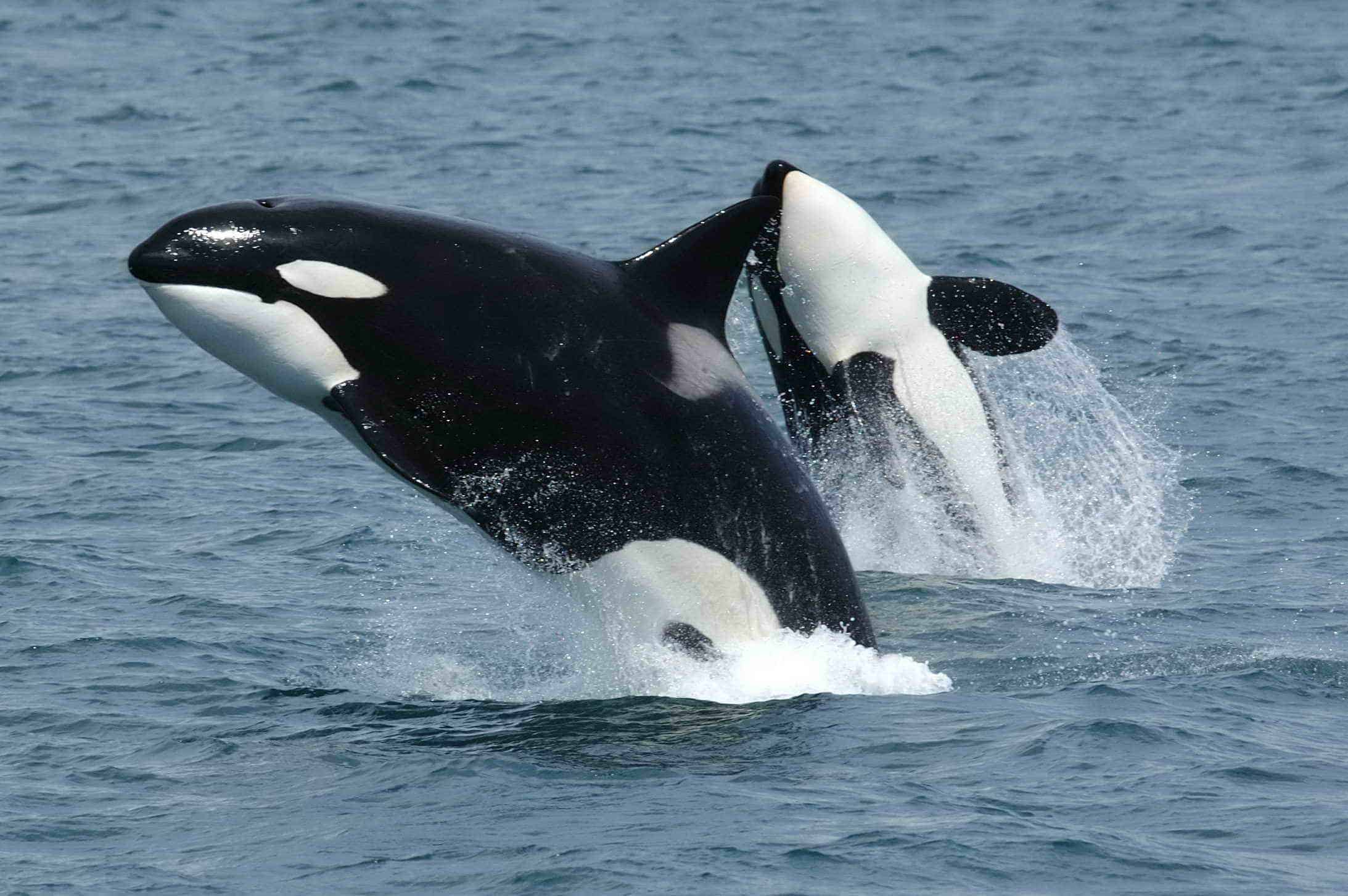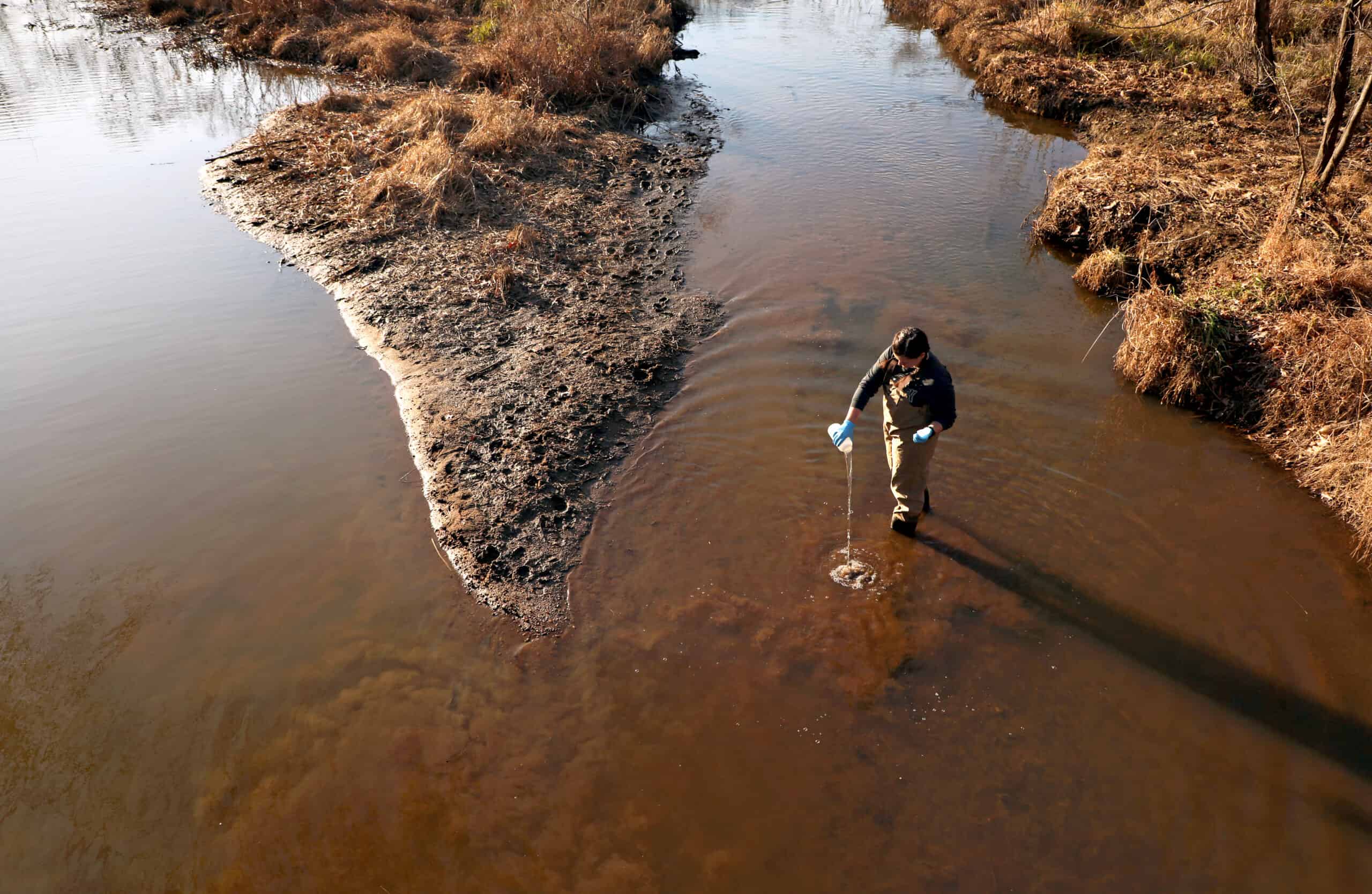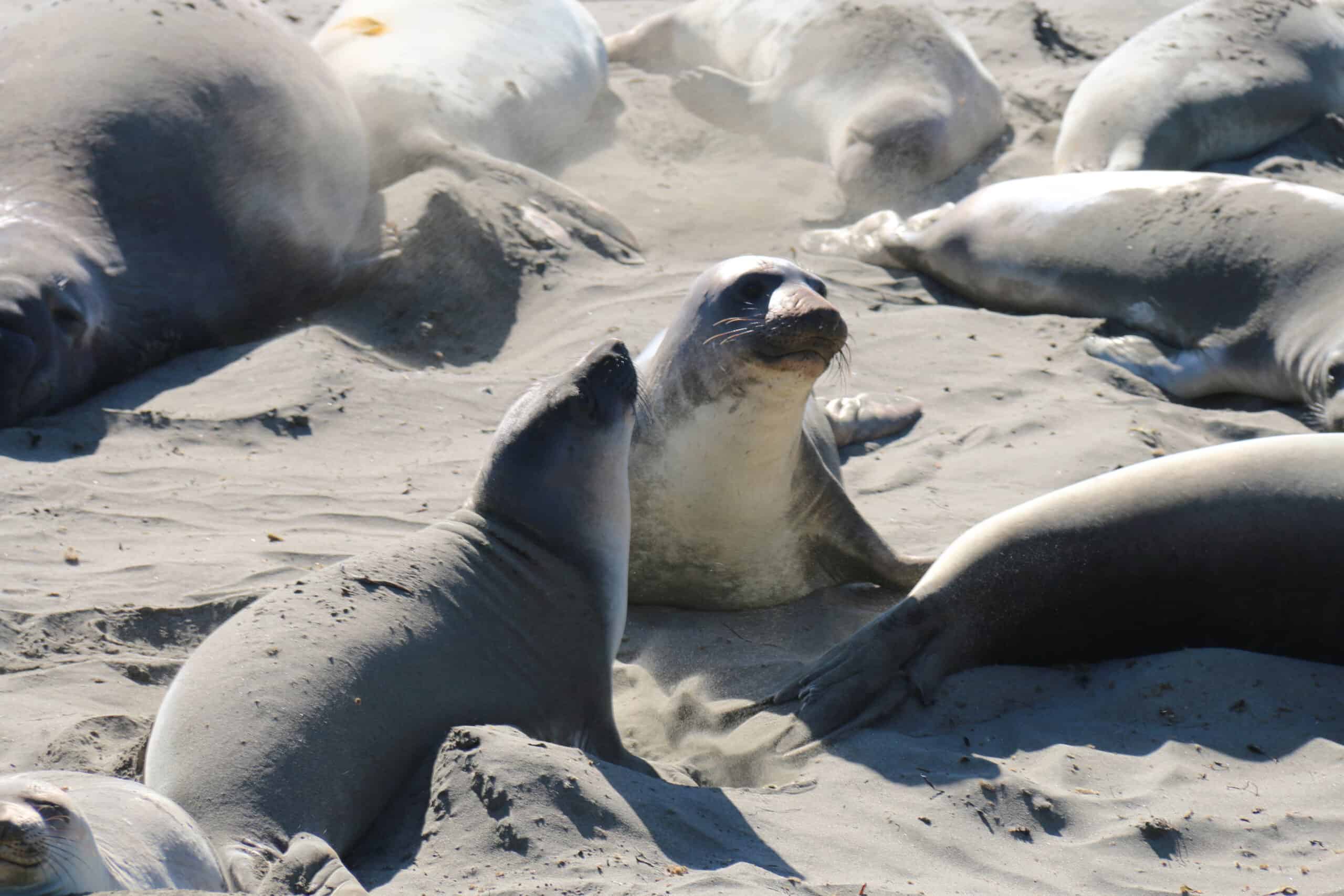Share this article
Wildlife Featured in this article
- killer whale
- Javan chevrotain
DNA can predict species’ extinction risk
The finding was part of the Zoonomia Project’s examination of 240 mammals’ genomes
Scientists can predict a species’ extinction risk by looking at millions of years of evolutionary history encoded in just a single animal’s genome, researchers found.
With tens of thousands of species around the world at risk of dying out, researchers suggest the tool can help managers target limited conservation dollars to aid species most at risk. That could include the killer whale (Orcinus orca), whose genome suggests it is in peril.
In a study published in Science, a team of researchers, led by the San Diego Zoo Wildlife Alliance and University of California, Santa Cruz, found that species with smaller historical populations—dating back more than 10,000 years—carry higher burdens of damaging mutations, putting them at greater extinction risk.
The findings are part of a series of papers in a special issue of Science that resulted from the Zoonomia Project, an international collaboration of scientists comparing the genomes of 240 mammals from around the world. The issue includes 11 papers exploring a range of topics, from human disease, to the evolutionary development of hibernation, to the genetics that helped the famous sled dog Balto survive the Alaskan winter.
“We are in the midst of a global biodiversity crisis,” said Aryn Wilder, a conservation scientist at the San Diego Zoo Wildlife Alliance and one of the extinction paper’s two lead authors. “The reason for that is because extinctions and population declines have really outpaced our ability to intervene and actively conserve species.”
By studying species’ genomes, Wilder said, conservationists can determine which species are most likely imperiled and direct funding to them.
“If you can get a little DNA sample from that species and make a genome, that may be all you need to get an initial assessment of whether it’s at risk of extinction,” said Elinor Karlsson, director of the vertebrate genomics group as the Broad Institute of MIT and Harvard and a professor of bioinformatics and integrative biology at the UMass Chan Medical School, who is one of the leaders of the Zoonomia effort. “Once you have that information, you can use it to prioritize which species you want to put all the additional resources in to figure out and confirm whether it’s at risk of extinction and actually look at all of those ecological factors as well.”
Genomics won’t replace the work of conservation biologists, Karlsson said, but it can support them. “This is one more piece that can help them in the incredible work they’re doing.”
Zoonomia researchers studied genomes from a sampling of species representing 80% of mammalian families, from tree shrews, to giraffes, to humans. In the extinction study, scientists found that the DNA encoded within the genome of even just one individual could provide a fast, cost-effective conservation risk assessment, even when little is known about the animal—including how many remain in the wild.
“You could put that information into a model that would assign a risk that the species is threatened,” Wilder said, “and you could use that information to decide which species you’re going to work on first.”
Researchers used the genetic information to train artificial intelligence models to distinguish between threatened and non-threatened species based on demography, diversity and mutations that impact fitness. The large dataset allowed them to determine which genomic characteristics best predict extinction risk.
Researchers say the method may be most useful for “data-deficient” species—wildlife for which biologists lack information to determine what conservation actions are needed.
Among the species the researchers explored was the killer whale, which has faced threats from prey declines and pollution, and the Javan chevrotain (Tragulus javanicus), a tiny mouse-deer native to the Pacific island. The International Union for Conservation of Nature’s Red List of endangered species lists both as data deficient, leaving their conservation status in question. Researchers found each faces a high risk of extinction.
While genomic research can provide important data, it can’t replace conservation work, Zoonomia researchers told reporters in a press briefing.
“Climate change or habitat destruction isn’t going to be solved by genomic sequencing,” said Kerstin Lindblad-Toh, scientific director of vertebrate genomics at the Broad Institute and a professor of comparative genomics at Uppsala University in Sweden, who leads the effort with Karlsson. “So you have to keep in perspective what our predictions can do.”
Header Image: Killer whale genomes suggest the species is at a heightened risk of extinction. Credit: Robert Pittman/NOAA








